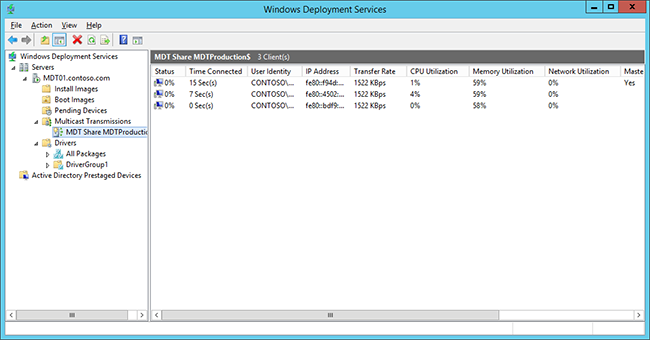Multicast Traffic Generator Windows 8
Free Targeted Traffic Software -Want to send traffic to your products/offers?This is the only one tool you need to- Generate FREE Traffic- Shorten Your Links- Track Your Clicks/Sales- Make 50% CommisionsThe best thing? With this tool you will receivereal website traffic and you do not have to changewhat you already do!All you need to do is to convert your links intoViral Traffic Dominator which is your Free Targeted Traffic Software.

Example Of Multicast Traffic

Threat/application/port search:Port(s)ProtocolServiceDetailsSource8001tcptrojansquid HTTP Proxy server scanBackdoor.Graybird.D is a variant of Backdoor.Graybird. This Trojan Horse gives its creator unauthorized access to your computer. External ResourcesNotes:Well Known Ports: 0 through 1023.Registered Ports: 1024 through 49151.Dynamic/Private: 49152 through 65535.TCP ports use the Transmission Control Protocol. TCP is the most commonly used protocolon the Internet and any TCP/IP network.
Multicast Traffic Routing

Torrent full pc games. Whereas the IP protocol deals only with packets, TCP enables two hoststo establish a connection and exchange streams of data. TCP guarantees delivery of dataand that packets will be delivered in the same order in which they were sent.Guaranteed communication/delivery is the key difference between TCP and UDP.UDP ports use the Datagram Protocol, a communications protocol for the Internet network,transport, and session layers.
Like TCP (Transmission Control Protocol),UDP is used with IP (the Internet Protocol) and makes possible the transmission of datagramsfrom one computer to applications on another computer, but unlike TCP, UDP is connectionlessand does not guarantee reliable communication; it's up to the application that receivedthe message to process any errors and verify correct delivery. UDP is often used with time-sensitiveapplications, such as audio/video streaming, where dropping some packets is preferable to waiting for delayed data.When troubleshooting unknown open ports, it is useful to find exactly what services/processes are listening to them.This can be accomplished in both Windows command prompt and Linux variants using the 'netstat -aon' command.We also recommend runnig multiple anti-virus/anti-malware scans to rule out the possibility of active malicious software.For more detailed and personalized help please use our forums.